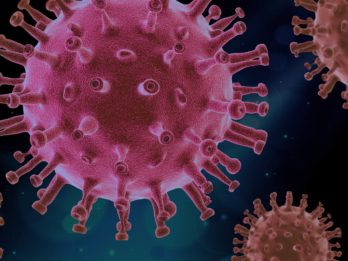New Acronyms From The FAA
New acronyms from the FAA. Fresh from being caught red-handed in the Boeing 737 MAX scandal that killed 346 people, the FAA, ever the agency of Government with no clue about aviation safety, has a new Acronym for pilots who have used the previous terminology for a century.
Instead of referring to contaminated runways as “Braking Action Good, Fair, Poor or Nil”, now the FAA has introduced a series of numbers that pilots must memorize and ignore the obvious runway contamination instead.
So, for example yesterday I landed at Salina Kansas, where even Dorothy refuses to live anymore, and the runway condition was listed as “333”. The ATIS said patchy hard packed snow on the runway which meant to me that braking action was likely Good/Fair on this 12,000 foot, grooved, military spec. runway.
But such a clearly understandable description is all of a sudden unsuitable for the FAA anymore.
Out of a range of 0-6, with 6 being hunky dory, “333” is meaningless and a wholly unnecessary addition to the Lexicon of confusing aviation acronyms that thanks to the FAA, which has too little to do when they are ignoring critical certification responsibilities, will be a substitute for the plain language we are all used to using. “333” means that on each third of the runway the braking action is medium. So instead of saying braking action is medium, the controller says “333”. What if the controller says braking action is 00? We know that 00 is no ceiling and no visibility and has nothing to do with braking action. How many pilots will confuse the number of zeros with something that has nothing to do with braking action and think the airport is below landing minima?
For example, before this change if the controller or ATIS said “braking action is nil”, that meant it sucks, and you should go somewhere else. If ATIS, or the controller said “braking action is good”, that meant land and be happy you can likely fly again another day. Now, if the braking action is reported “nil” or now “0” the runway must be closed until it’s better than nil. Great but that only applies to airports that the FAA has jurisdiction over.
The attached chart is part of the Safety Alert for Operators. The Assessment criteria are what the FAA used to figure out the numbers we must now know and the Control/Braking Assessment Criteria is what the numbers mean in plain language. So why not use the plain language? That would be too easy and safer!
But alas nothing will change and after a few planes run off the end of a runway because the pilot mistook “333” for whatever today’s FAA interpretation is someone might just use the old descriptions again instead. I will use the ATIS description as my primary guide because I know that if the runway is a sheet of ice, another destination is preferable and that’s a decision I make before departure not while on the approach.
I guess we’ll just have to “Line up and wait” for the FAA to change its mind, if any.
Arthur
2/11/21





